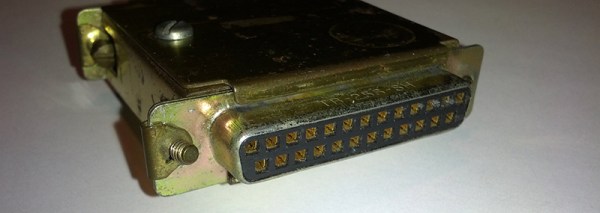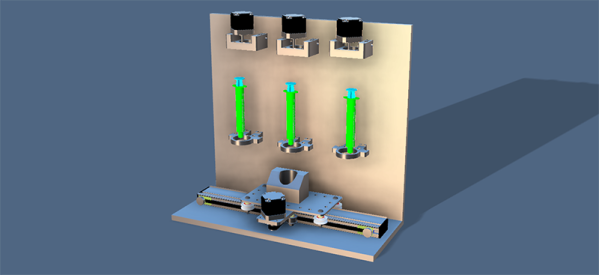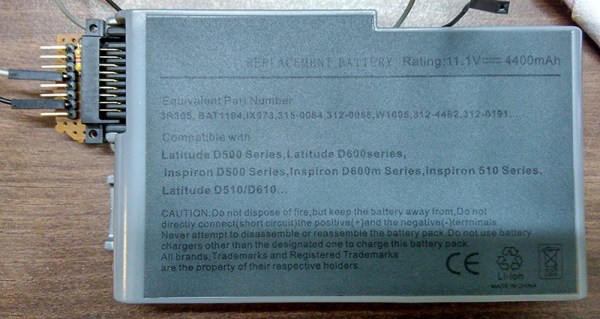Over the last few weeks, we’ve had a lot of fun running the Community Voting for The Hackaday Prize. We’ve been offering up a $1000 gift card for The Hackaday Store to a random person on Hackaday.io if they have voted in the latest round of community voting. Unfortunately all of our weekly random drawings for someone on Hackaday.io has come up empty-handed.
Now we’re changing it. Due to popular demand, someone who has voted in the latest round of Community Voting will win a $1000 gift card. We will draw a winner this week! We’re giving away a thousand dollar gift card to a random person who has voted in the latest round of community. It’s the change you’ve asked for.
Next Wednesday, July 8th at around 22:00 UTC, I’m going to find a random person on Hackaday.io. If that person has voted, they get $1000. If not, I’m going to choose someone who has voted and give them a $1000 gift card. It’s really that simple. If you vote in the current round of Community Voting, you have a good chance at winning a thousand dollar gift card for the Hackaday Store.
What do you need to do to get in on the action? Go here and choose the most Amazingly Engineered project. You will be presented with two projects. Pick the project that is the more ‘amazingly engineered’ project. That’s it. That’s all you have to do. Show up and vote!






















